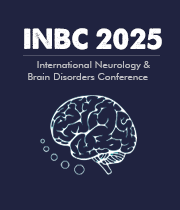Title : Defining molecular features of epileptic networks using intracranial sEEG-derived patient tissue
Abstract:
Malformations of cortical development are a leading cause of intractable pediatric epilepsy. Approximately one third of these patients lack clearly defined lesions using current neuroimaging technologies. These patients can then undergo stereoelectroencephalography (sEEG) to isolate the seizure focus for surgical resection. Patient material adhered to sEEG electrodes can be used to identify somatic variants within the epileptic network not present in the germline. However, how these mutations impact the transcriptomic environment remains unknown. We use material adhered to sEEG electrodes to identify genomic and transcriptomic changes within the ictal-onset and non-ictal regions of a cohort of 12 pediatric patients with ictractable nonlesional focal epilepsy that have undergone sEEG implantation for seizure focus identification. This unique source of patient tissue has shown the capability to identify somatic mutations and generate biomarker libraries of target genes upregulated in the seizure onset region. Additionally, we observe cell type specific changes to the molecular pathways using single nucleus RNA sequencing on surgically resected lesional and peri-lesional tissue from a subset of these sEEG patients. In combination, we have identified molecular features of the seizure onset using sEEG electrodes and resected tissue by correlating transcriptomic findings with local patterns of ictogentic activity.



